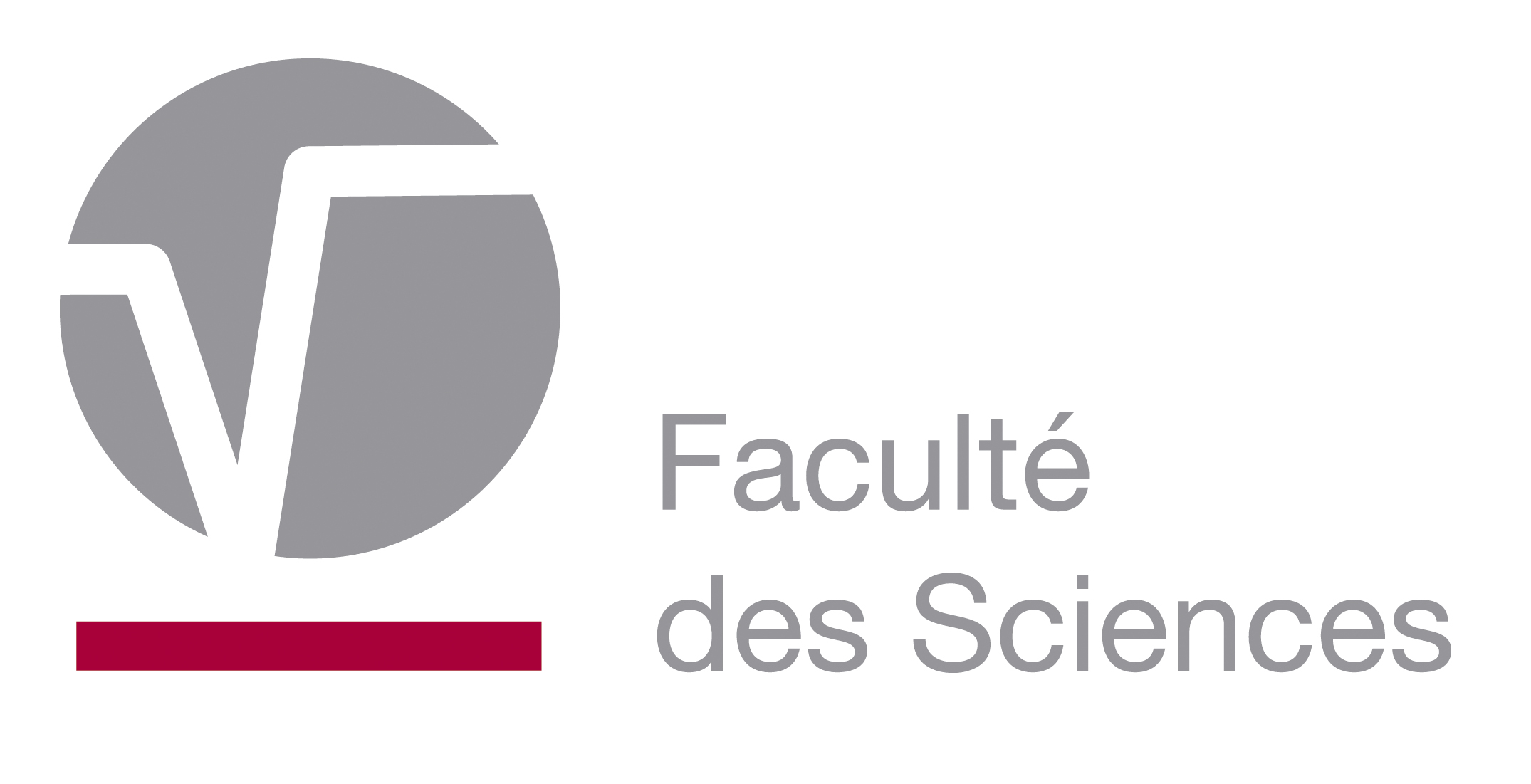 | Study programme 2024-2025 | Français | |
 | Paleontology II | ||
Programme component of Master's in Biology of Organisms and Ecology (MONS) (day schedule) à la Faculty of Science |
| Code | Type | Head of UE | Department’s contact details | Teacher(s) |
|---|---|---|---|---|
| US-M1-BIOECO-016-M | Optional UE | MICHEZ Denis | S869 - Zoologie |
|
| Language of instruction | Language of assessment | HT(*) | HTPE(*) | HTPS(*) | HR(*) | HD(*) | Credits | Weighting | Term |
|---|---|---|---|---|---|---|---|---|---|
| Français | 15 | 15 | 0 | 0 | 0 | 2 | 2.00 | 1st term |
| AA Code | Teaching Activity (AA) | HT(*) | HTPE(*) | HTPS(*) | HR(*) | HD(*) | Term | Weighting |
|---|---|---|---|---|---|---|---|---|
| S-BIOG-056 | Paleontology II | 15 | 15 | 0 | 0 | 0 | Q1 | 100.00% |
| Programme component |
|---|
Objectives of Programme's Learning Outcomes
- In the field of biological sciences and particularly in the field of the biology of organisms and ecology, possess highly specialised and integrated knowledge and a wide range of skills adding to those covered in the Bachelor's programme in biological sciences.
- Conduct extensive research and development projects related to biological sciences, in the biology of organisms and ecology.
- Apply, mobilise, articulate and promote the knowledge and skills acquired in order to help lead and complete a project.
- Show initiative and be able to work independently and in teams.
- Manage and lead research, development and innovation projects.
- Understand unprecedented problems in biological sciences, and more specifically in the biology of organisms, ecology and its applications.
- Organise and lead a research, development or innovation project to completion.
- Methodically research valid scientific information, critically analyse, propose and argue potentially innovative solutions to targeted problems.
- Master communication techniques.
- Communicate, both orally and in writing, their findings, original proposals, knowledge and underlying principles, in a clear, structured and justified manner.
- Master the techniques of written and oral scientific communication in both French and English.
- Adapt their communication to a variety of audiences.
- Develop and integrate a high degree of autonomy.
- Aquire new knowledge independently.
- Pursue further training and develop new skills independently.
- Develop and integrate a high degree of autonomy to evolve in new contexts.
- Apply scientific methodology.
- Critically reflect on the impact of their discipline in general, and on the contribution to projects.
- Demonstrate thoroughness, independence, creativity, intellectual honesty, and ethical values.
Learning Outcomes of UE
At the end of this course, the student will have mastered the main notions, concepts and knowledge useful to the practice of paleontology, as well as the major stages and processes in the history of life on Earth. He/she will be able to grasp a subject related to the evolution of a group of organisms and to summarize its main characteristics. Fieldwork will enable them to familiarize him/herself with the practical aspects of the discipline, the identification of fossil forms in situ, and the identification of depositional environments.
UE Content: description and pedagogical relevance
This optional course expands on the paleontological concepts covered in the Bachelor's course "Paleontology, Mineralogy and Geology". Elements of anatomy and evolution of each taxonomic group of importance in paleontology will be introduced. This evolutionary history of the groups will be complemented by notions on the planetary mechanisms that have had a direct impact on them: mass extinctions, evolutionary radiation, glacial/interglacial variations. External speakers (V. Fischer - ULiège / A. Nel - MNHN) will provide additional insights into the secondary return to aquatic life and the evolutionary history of arthropods.
Prior Experience
Basic knowledge in biology: principles of taxonomy and phylogeny, anatomical criteria specific to each Metazoan group. Basic knowledge in geology: stratigraphy, plate tectonics, relative and absolute dating.
Type of Teaching Activity/Activities
| AA | Type of Teaching Activity/Activities |
|---|---|
| S-BIOG-056 |
|
Mode of delivery
| AA | Mode of delivery |
|---|---|
| S-BIOG-056 |
|
Required Learning Resources/Tools
| AA | Required Learning Resources/Tools |
|---|---|
| S-BIOG-056 | Presentation / conferences |
Recommended Learning Resources/Tools
| AA | Recommended Learning Resources/Tools |
|---|---|
| S-BIOG-056 | Not applicable |
Other Recommended Reading
| AA | Other Recommended Reading |
|---|---|
| S-BIOG-056 | De Lattin G., 1967. Grundriss der Zoogeography; Blondel J., 1998. Biogéographie évolutive. Collection d'écologie, Masson, Paris. |
Grade Deferrals of AAs from one year to the next
| AA | Grade Deferrals of AAs from one year to the next |
|---|---|
| S-BIOG-056 | Authorized |
Term 1 Assessment - type
| AA | Type(s) and mode(s) of Q1 assessment |
|---|---|
| S-BIOG-056 |
|
Term 1 Assessment - comments
| AA | Term 1 Assessment - comments |
|---|---|
| S-BIOG-056 | Written exam in the form of MCQs to test knowledge acquired during the course, combined with a short oral presentation in which the student presents the evolutionary history and main characteristics of a taxonomic group of his/her choice. There is a written exam which covers the material covered in class which counts for 40% of the final mark, and an oral presentation on a fossil group which covers 60% of the final mark. |
Resit Assessment - Term 1 (BAB1) - type
| AA | Type(s) and mode(s) of Q1 resit assessment (BAB1) |
|---|---|
| S-BIOG-056 |
|
Resit Assessment - Term 1 (BAB1) - Comments
| AA | Resit Assessment - Term 1 (BAB1) - Comments |
|---|---|
| S-BIOG-056 | Not applicable |
Term 3 Assessment - type
| AA | Type(s) and mode(s) of Q3 assessment |
|---|---|
| S-BIOG-056 |
|
Term 3 Assessment - comments
| AA | Term 3 Assessment - comments |
|---|---|
| S-BIOG-056 | As Q2 |